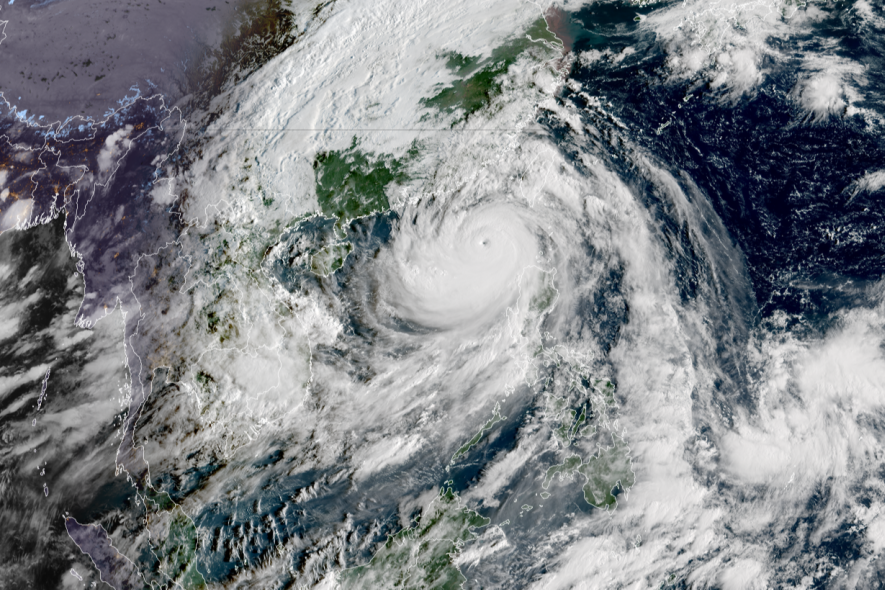Hong Kong Faces Most Damaging Typhoon Since Mangkhut in 2018
(Bloomberg) — Hong Kong is facing potentially the most damaging cyclone since Mangkhut in 2018, as a super typhoon tracks toward the financial hub with ferocious winds after skirting the Philippines.
Super Typhoon Ragasa is packing top sustained winds of 220 kilometers (137 miles) per hour, according to the local weather agency, which is equivalent to a Category 4 hurricane on the five-step Saffir-Simpson scale. The system was 430 kilometers east-southeast of the city as of 11 a.m. local time.
Most Read from Bloomberg
Hong Kong’s international airport is expecting major disruptions and schools have been closed on Tuesday and Wednesday, with similar measures being put in place across parts of southern China. The typhoon will likely delay the initial public offering for Zijin Gold International Co., which is currently taking orders for its $3.2 billion IPO, the world’s largest in months.
Some conferences and forums scheduled for Wednesday and Thursday have been moved online, including a cybersecurity summit and a gathering on fixed income and currencies. Several delegates and speakers have also pulled out of an aviation conference due to start on Wednesday.
Weather in the city will start to “deteriorate rapidly” later on Tuesday, and the typhoon will be closest to the vicinity of the Pearl River Estuary on Wednesday morning, the Hong Kong Observatory said. Ragasa is an expansive tropical system, extending hundreds of kilometers outward from its core.
“The only thing that will stop this storm is land,” the US Navy’s Joint Typhoon Warning Center said in an advisory. Ragasa will slam Hong Kong with gale- to storm-force winds as the storm passes to the south of the city, it added.
In 2018, Mangkhut brought damaging winds and record-breaking storm surges to Hong Kong, with the weather agency estimating it caused total economic losses including insurance claims of HK$4.6 billion ($592 million). The city may see a similar storm surge from Ragasa, according to forecasters.
The Hong Kong Observatory is set to raise its third-highest storm warning on Tuesday afternoon — dubbed signal No. 8. The most severe alert, signal No. 10, means hurricane-force winds are present or expected.
Passenger flights in and out of Hong Kong will be suspended for 36 hours from 6 p.m. local time on Tuesday. More than 40% of the 1,097 passenger and cargo flights due to depart and arrive at the airport today have already been axed, according to data compiled by Webb-site.com.



Leave a Comment
Your email address will not be published. Required fields are marked *